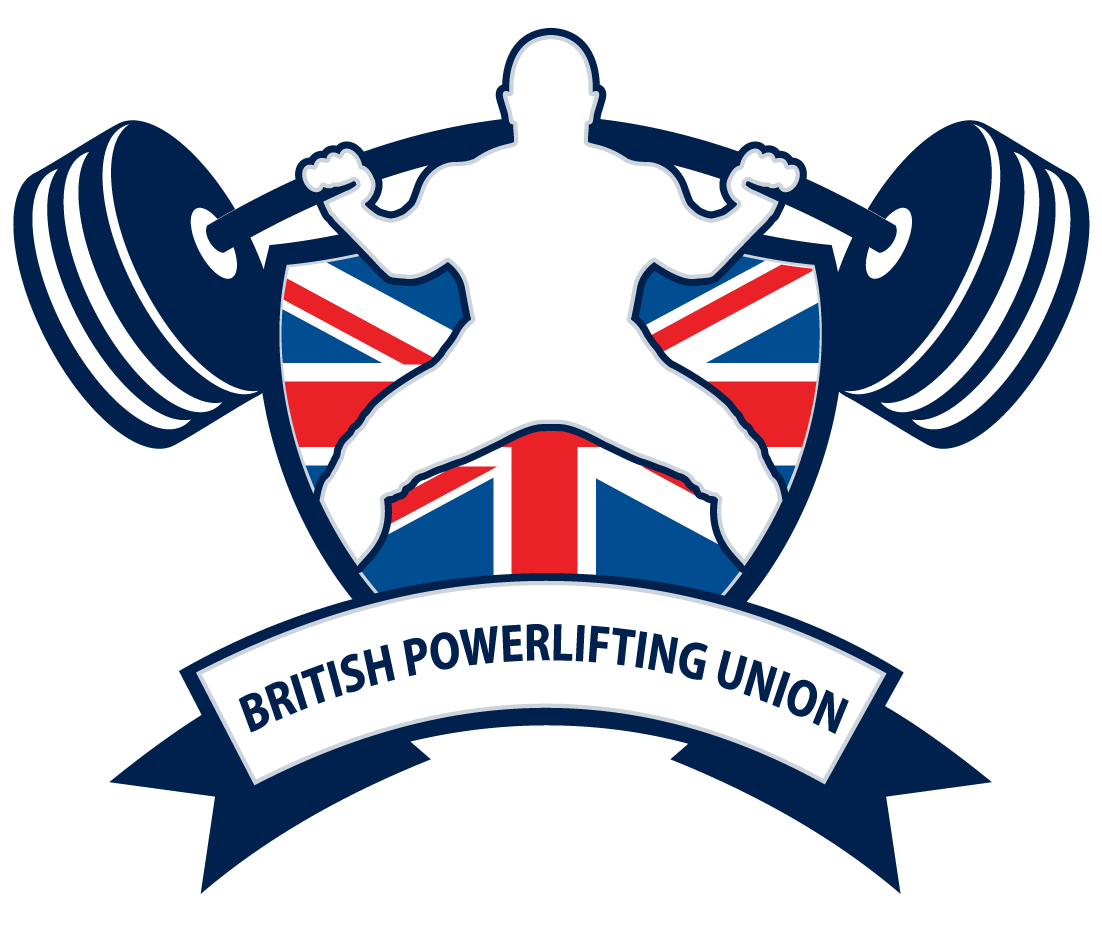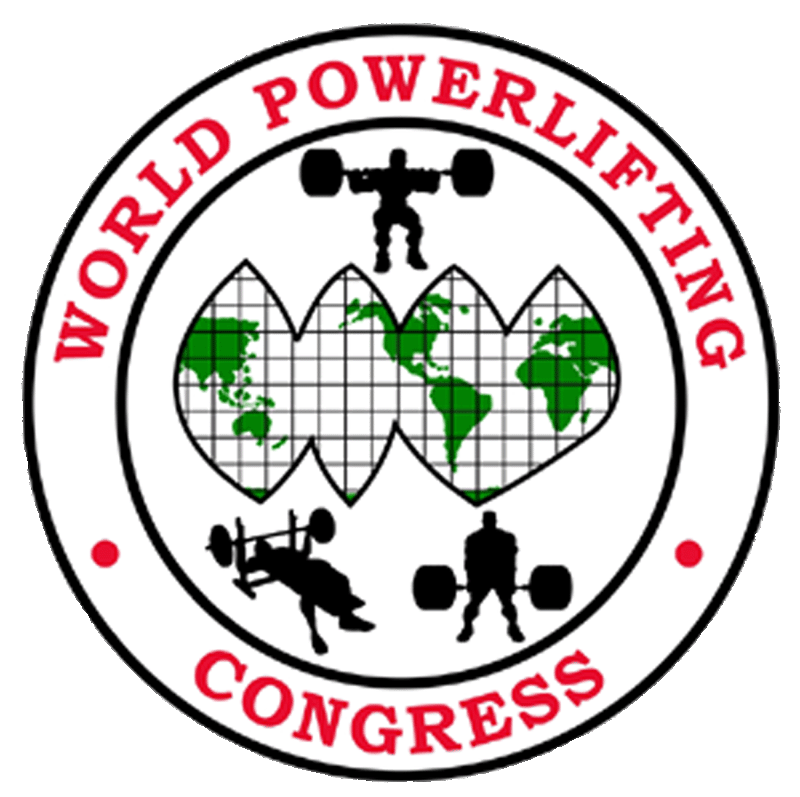Competitors with a disability
All competitors who compete under this section are judged on performance, not their disability. The only differences in this section are changes to timings, personnel on platform and platform requirements in order to accommodate all athletes.
The British Powerlifting Union welcomes all athletes including those who have a functioning disability which takes into consideration the body’s physical function and structure which will include activities and participation in specialised competitive powerlifting bench press, deadlift and squat to a professional and international standard.
We have 2 sides to the athletes with a disability. We have athletes with a physical disability and athletes with a learning disability.
The categories under physical disability section are as follows:
•Amputee: Lower limb and or limbs only
•Cerebral Palsy
•Spina Bifida
Downs Syndrome
•Achondroplasia
•Spinal Cord – innate and acquired and this is below sternum only.
•Les Autrau– all other disabilities will be considered and assessed.
Classification and Eligibility:
The British Powerlifting Union rand the Amateur British Powerlifting Union requires all competitors with an impairment to undergo a medical based assessment to ascertain eligibility to compete in either ABPU or BPU disability powerlifting categories, inclusive of a parallel health criterion. Each competitor will be assessed by a representative of the British Powerlifting Union who will be a qualified physiotherapist or doctor (and/or competition doctor) for their eligibility in each nominated category. The sections which each competitor will assessed for eligibility within their category will be:
NEW
Lifters who are within the first 12 months of lifting and have not been verified by a federation appointed classifier.
REVIEW
Lifters who have a progressive disability at the discretion of the classifier at approximately 12 monthly intervals
CONFIRMED
Lifters who satisfy all criteria and have been confirmed by the designated a federation classifier for either the BPU or ABPU (as these two federations are separate entities) and fit in with the aforementioned categories.
Perspective athletes will be asked to provide medical confirmation of their impairment.
WPC and AWPC Ruling
All rules under the WPC and AWPC International Rule Book will be adhered to in all areas apart from the following:
EQUIPMENT AND PLATFORM
The competition bench for all athletes with disabilities will adhere to International Paralympic Committee guidelines.
The platform will have a ramp to the same level of the platform to allow unhindered access for all athletes. For bench press only a platform is not necessary if appropriate non slip flooring is in place and no ramp to the platform available. The platform must be plush with the floor or the height deemed accessible for all athletes.
All referees will be trained accordingly to effectively referee this section
One coach or assistant will be allowed to enter the platform to assist the athlete if required to take position on the bench and also to hand off for the athlete. The coach or assistant must then exit the platform immediately after the lift has commenced otherwise a nil lift will be given by all referees.
The coach or assistant will also be allowed to help the lifter exit the platform once the lift is completed and the Rack signal has been given.
THE BENCH
The total length of the bench must be 2100mm and completely flat and upholstered.
For the head section must be 305mm in width and 705mm in length adjoin to the main body of the bench which will have a width of 610mm throughout the main 2100mm section. There must be two equal shoulders of 152.5mm clear.
The height of the bench and normal seat range without compression must be a minimum of 480mm and not to exceed 500mm which is measured from the floor to the top surface of the supporting structure of the bench.
The rack uprights must be adjustable to a minimum of 700mm and to a maximum of 1100mm from floor to bar rest position.
Minimum width between the insides of the bear rests will be 1100mm.
BENCH STRAPS
Official competition bench straps or personal bench straps or both may be used.
All personal bench straps to be used at competition by the competitor must be presented at kit check prior to weigh-in.
Strapping is allowed anywhere on the legs from the ankle to the top of the thigh. Strapping is not permitted across, on or above the hip.
Exceptions are:
Amputees without hips where strapping used should be as low as possible
No strapping across the patella unless there are severe contractures of the competitor at the hip, knee or ankle. The assessor has the final decision.
Leg bench straps must be a minimum of 7.5cm and maximum of 10cm with no additional padding. It must not have any metal hooks, hoops or buckles.
Under the supervision of the referees, a lifter may apply strapping of the legs by him or herself or with the assistance of a designated coach or platform staff.
The only fastening permitted is Velcro which must be unrestricted to open.
EXECUTION
All lifters will make nominated representatives and or referees, who will be nominated and introduced to the lifters before the start of lifting, aware of any physical restriction on completion of lockout at the beginning and end of the lift which will be verified by the British Powerlifting Union designated classifier.
The bench press will begin with a start signal, the bar the lowered to the chest until it is motionless on the chest when a PRESS signal will be called. The bar will then be extended until the arms are locked in a fully extended position for that athlete when a RACK signal will be given and the lifter will attempt to rack the bar.
All lifters will receive 2 minutes from the bar loaded command to commence the lift
All lifters will receive 2 minutes to exit the platform and give their next attempt from the previous lift.
Lifters with spasm who may have involuntary foot movement during the lift must inform the designated classifier and the referees prior to the competition commencing. Please note: where possible this should be stated at the weigh in and the information passed to the referee who is the designated technical officer.
ATTIRE
Lifters will be permitted to wear full leg length leotards consisting on one complete piece of material only. The upper body construction must still be of conventional standard.
Bench shirts of single or multi ply material, if used, will require that athletes compete in the competitors who do not have a disability section under their ruling and will do so at their own risk.
These are the only exceptions to the WPC rule book which is available to download from our web site.
QUALIFYING TOTALS
Qualifying totals are available on our web site. These are totals which will qualify you for the British Powerlifting Union and Amateur British Powerlifting Union, British Championships at designated regional championships.
BRITISH RECORDS
There are records sections for all categories listed which all members of the British Powerlifting Union and the Amateur British Powerlifing Union can compete for. Each lifter must state prior to the commencement of the lift that the attempt will be for a British Record and is successful, this will be added to the register and a certificate issued to the lifter.

